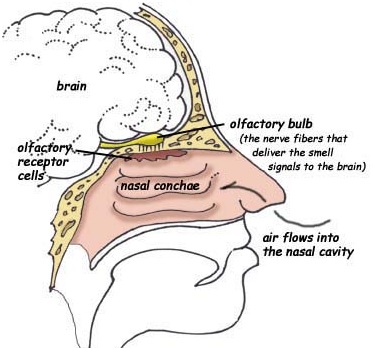

Patient screening and contraindicationsĪ careful review of the indication, patient history, laboratory values, and imaging is performed to determine the appropriateness of each procedure. 7 As such, even transient response to the procedure may be of diagnostic utility in supporting the suspected diagnosis of SIH when there is doubt. Second, the mass effect produced in the epidural space on the adjacent thecal sac is felt to result in an overall increase in CSF pressure, which translates intracranially and may explain the immediate relief most patients experience following the procedure.
#Cerebrospinal fluid leak texas allergy Patch#
3 The proposed theories as to how the autologous EPB works in treating CSF leaks are twofold: first, it has been hypothesized to patch the rent in the dura, thus providing a potentially permanent seal to prevent further leakage. 6 Whether or not a CSF leak is identified in patients with suspected SIH, empiric epidural blood patch has been shown to be effective in alleviating headaches in >50% of patients where no target leak was found. Alternatively, dedicated spine imaging (such as heavily T2-weighted fat-saturated MRI or CT myelography) may demonstrate direct evidence of a CSF leak. 5 In patients clinically suspected to have SIH, MR imaging of the brain may support the diagnosis by demonstrating indirect findings such as diffuse pachymeningeal thickening and enhancement, sagging brainstem, tonsillar descent, and enlargement of the pituitary. Similarly, SIH is believed to be caused by a spontaneous or occult CSF leak, most commonly in the spine where the nerve roots exit the meninges.

1 Several risk factors for PDPH have been described including larger needle size, cutting needle type, atraumatic tap, and not re-styletting the spinal needle prior to withdrawal.

While the headache tends to resolve within days if left untreated, there are reported cases of headaches lasting months. 4 Conservative treatments include hydration, acetaminophen, caffeine, and limiting activity. The reported incidence of post-dural puncture headache (PDPH) is up to 40% and typically occurs within the first few days’ post procedure. Recent lumbar puncture (LP) and suspected spontaneous intracranial hypotension (SIH) are the most frequent indications for EBP at our institution. Headaches due to low CSF pressure are stereotypically orthostatic in character with exacerbation in the upright position and relative improvement while supine.

The goal of the epidural blood patch is to treat the symptoms, typically headache, related to cerebrospinal fluid leaks of any cause. 2,3 Currently, an image-guided EBP technique offers a safe and precise approach with the goal of improved efficacy, better patient tolerance, and decreased risk of complication relative to non-image-guided techniques, as well as accurate anatomic localization when a specific target location is required. 1 Since that time, multiple studies have shown efficacy rates ranging from 70-90% in the treatment of post-dural puncture headaches and 52-87% in the treatment of spontaneous intracranial hypotension. The autologous epidural blood patch (EBP) was first shown to be effective in the treatment of these low-pressure headaches in the 1970s. These headaches are typically postural in character, can be severe, and may be associated with nausea, vomiting, neck stiffness, and dizziness. Headaches secondary to leakage of cerebrospinal fluid (CSF), either related to recent dural puncture or spontaneous leakage, have been well described.


 0 kommentar(er)
0 kommentar(er)
